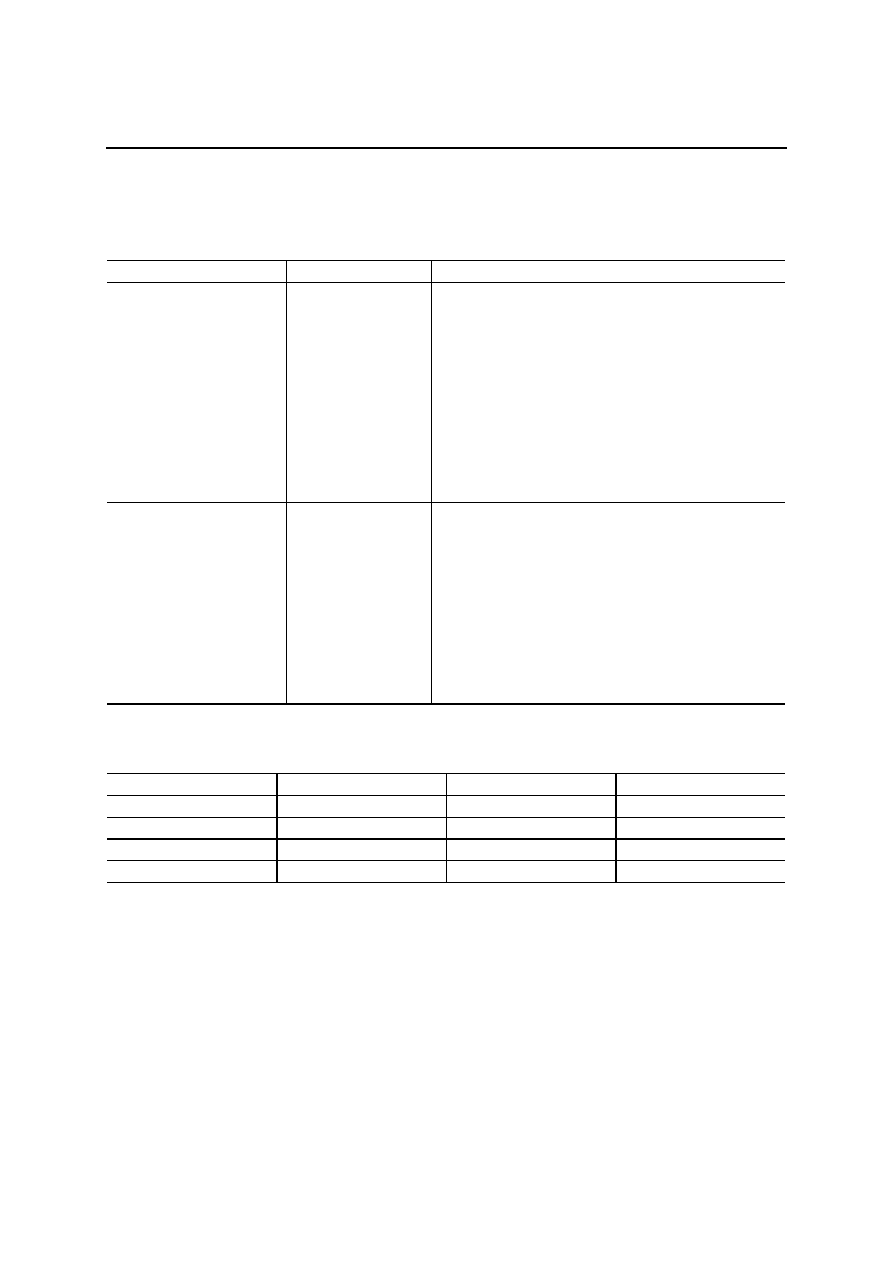- 您現(xiàn)在的位置:買賣IC網(wǎng) > PDF目錄98023 > ML60851DTB (LAPIS SEMICONDUCTOR CO LTD) UNIVERSAL SERIAL BUS CONTROLLER, PQFP44 PDF資料下載
參數(shù)資料
| 型號(hào): | ML60851DTB |
| 廠商: | LAPIS SEMICONDUCTOR CO LTD |
| 元件分類: | 總線控制器 |
| 英文描述: | UNIVERSAL SERIAL BUS CONTROLLER, PQFP44 |
| 封裝: | 10 X 10 MM, 0.80 MM PITCH, PLASTIC, TQFP-44 |
| 文件頁數(shù): | 69/84頁 |
| 文件大?。?/td> | 394K |
| 代理商: | ML60851DTB |
第1頁第2頁第3頁第4頁第5頁第6頁第7頁第8頁第9頁第10頁第11頁第12頁第13頁第14頁第15頁第16頁第17頁第18頁第19頁第20頁第21頁第22頁第23頁第24頁第25頁第26頁第27頁第28頁第29頁第30頁第31頁第32頁第33頁第34頁第35頁第36頁第37頁第38頁第39頁第40頁第41頁第42頁第43頁第44頁第45頁第46頁第47頁第48頁第49頁第50頁第51頁第52頁第53頁第54頁第55頁第56頁第57頁第58頁第59頁第60頁第61頁第62頁第63頁第64頁第65頁第66頁第67頁第68頁當(dāng)前第69頁第70頁第71頁第72頁第73頁第74頁第75頁第76頁第77頁第78頁第79頁第80頁第81頁第82頁第83頁第84頁

FEDL60851D-01
1Semiconductor
ML60851D
70/83
(5) Transmit packet ready interrupts (EP1, EP2, EP3)
These interrupts are generated when it is possible for the local MCU to write the data packet to be sent to the
USB bus from the corresponding EP.
Operation
Source of operation
Description (conditions, responses, etc.)
Transmit packet ready
interrupt generation
ML60851D
(1) In the case of bulk transfer and interrupt transfer
When the respective EP has been set for transmission,
the transmit packet ready bit of the corresponding EP is
de-asserted when it is possible to write the transmit
data into the FIFO.
At this time, an interrupt is generated if the
corresponding EP transmit packet ready interrupt
enable bit (INTENBL) has been asserted.
For the second and subsequent packets, in addition to
this condition, before the interrupt is generated, it is
necessary for an ACK response to come from the host
for the packet that has just been sent.
End of transmit packet ready
interrupt
Local MCU (firmware)
(1) In the case of bulk transfer and interrupt transfer
After the one packet of the corresponding EP transmit
data has been written in EPnTXFIFO, write a “1” into
the corresponding transmit packet ready bit (PKTRDY
register). This puts the ML60851D in a state in which it
can transmit the data and the
INTR pin is de-asserted
at the same time.
When the number of bytes in the write data is less than
the maximum payload size of the endpoint, a short
packet can be transmitted by writing a “1” into the
transmit packet ready bit (PKTRDY register).
The following table outlines the relationship between ML60851D registers and packet ready interrupt generation
during a transmit (device to host communication) operation.
INTENBL(D1/D2/D7)*
EPnCON(D7)
I
Tx PKTRDY(D5/D6/D7)*
INTSTAT(D1/D2/D7)*
10
X
0
1110
1101
0X
X0
X This symbol means that it does not matter whether the value is ‘1’ or ‘0’
* Use the appropriate bit field corresponding to the endpoint being considered
I
EP3 is only capable of transmission and hence this register does not play a roll in interrupt generation of EP3
相關(guān)PDF資料 |
PDF描述 |
|---|---|
| ML60852A | UNIVERSAL SERIAL BUS CONTROLLER, PQFP44 |
| ML63187-XXXGA | 4-BIT, MROM, 2 MHz, MICROCONTROLLER, PQFP128 |
| ML63193-XXXWA | 4-BIT, MROM, 2 MHz, MICROCONTROLLER, UUC128 |
| ML64168-XXX | 4-BIT, MROM, 0.7 MHz, MICROCONTROLLER, UUC80 |
| ML64P168-NGP | 4-BIT, OTPROM, 0.7 MHz, MICROCONTROLLER, PQFP80 |
相關(guān)代理商/技術(shù)參數(shù) |
參數(shù)描述 |
|---|---|
| ML60851E | 制造商:OKI 制造商全稱:OKI electronic componets 功能描述:USB Device Controller |
| ML60851EGA | 制造商:OKI 制造商全稱:OKI electronic componets 功能描述:USB Device Controller |
| ML60851ETB | 制造商:OKI 制造商全稱:OKI electronic componets 功能描述:USB Device Controller |
| ML60852 | 制造商:OKI 制造商全稱:OKI electronic componets 功能描述:USB Device Controller |
| ML60852A | 制造商:OKI 制造商全稱:OKI electronic componets 功能描述:USB Device Controller |
發(fā)布緊急采購,3分鐘左右您將得到回復(fù)。